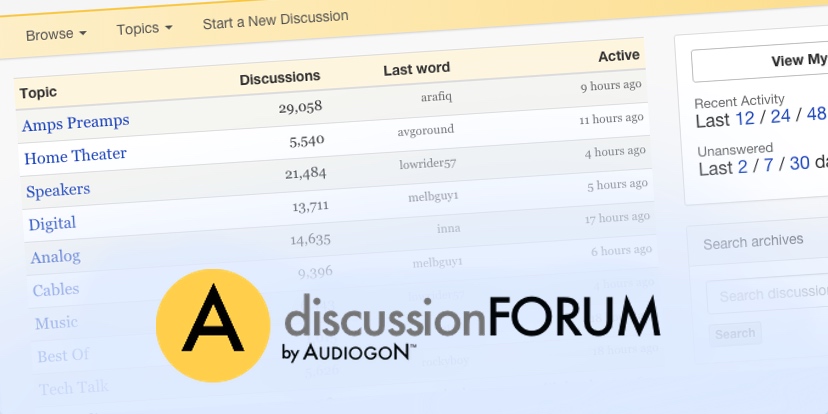By "actual audible change" I'm talking about objective changes in the signal, carefully established as dectable by human hearing, not merely subjective changes in the listener. How do we determine "objective" changes? It's pragmatic. We can use things like measurement tools that reliably detect physical changes. Appeal to our evidence-based theories of electronic engineering and psychoacoustics. And we can use human hearing, but strictly speaking if we are trying to justify our confidence, control for variables like sighted bias.
How do you distinguish "dectable [sic] by human hearing" from "subjective changes in the listener"? Is the listener physiologically different in the two cases? It would seem you presume a cause of such exists and differentiate detectable change and subjective experience by what that cause is. But doesn't that beg the question of what you are trying to establish given your (apparent) view that causality as a necessary connection between two events does not exist?
Again: it depends on what specifically Phil would actually be claiming. If by "I heard a change" he means he perceived a change, that can certainly be a subjective fact. But if by "I heard a change in the signal after 300 hours" he means he DETECTED an objective change in the signal - in other words, that his perception was CAUSED by a CHANGE IN THE SIGNAL...then that's another kettle of fish.
This is redundant and does not advance your argument. I think we established that Phil's description is what he heard.
Problem there is that, insofar as that is meant as some justification for some of the subjective claims we are talking about, you are tearing down knowledge proper to do so. The excuses you are giving can be, and are, used to maintain countless mutually incompatible, logically contradictory belief systems.
Excuses? I don't know what you are talking about. Whatever that may be is not an argument. You have not established what is 'knowledge proper' but simply assume your belief system. If you like, appeal to your own pragmatism ("whatever works, is likely true."). If Phil hears a change in a cable after break-in where does he look for a reason to explain what he heard? Trees are changing fall colors - does he look there? What he ate for breakfast - does he look there?
Back to my reply to Phil - we are stuck with the fact we aren't All Knowing. We always have to consider that we could be wrong. Therefore it's just important epistemologically to determine when we are wrong as when we are right. So every time you, or Phil, may wish to appeal to the arguments ask yourself, "How would I discover that I'm mistaken?"
Huh?
I don't think this is going anywhere.














